Podam (포담)
8.8Km 2021-03-22
11, Jahamun-ro, 9-gil, Jongno-gu, Seoul
+82-2-733-0831
A store featured in Korean gourmet programs. This Chinese (cuisine) restaurant is located in Jongno-gu, Seoul. The most famous menu is dim sum.
Jalppajin Memil - Seochon Branch (잘빠진메밀 서촌)
8.8Km 2021-03-18
41-1, Jahamun-ro, Jongno-gu, Seoul, Korea
+82-70-4142-1214
This is a Korean cuisine located in Jongno-gu, Seoul. A restaurant that uses noodles made with 100% buckwheat directly by the chef. The best menu at this restaurant is dumpling hot pot.
Hangeureut (한그릇)
8.8Km 2021-03-18
136, Samcheong-ro, Jongno-gu, Seoul
+82-2-720-5613
A store that also serves delicious meat noodles. The best menu at this restaurant is rice soup. This is a Korean cuisine located in Jongno, Seoul.
Nunnamujip (눈나무집)
8.8Km 2020-06-16
136-1, Samcheong-ro, Jongno-gu, Seoul
+82-2-739-6742
Nunnamujip is famous for a North Korean dish called, “Kimchi mari guksu”, which is a noodle dish in cold kimchi soup containing toasted laver, a boiled egg, and sesame. The soup is refreshingly cold and a little spicy. For “Kimchi mari bap”, a bowl of rice is put into cold kimchi soup instead of noodles. The taste is very unique. In addition to Kimchimari, “Tteokgalbi” is a popular dish on the menu as well.
The main restaurant is located in the basement, which has only limited seating capacity with a few tables. As a result, many people usually wait in line for lunch or dinner. A second franchise has opened in a three-story building across the street. To enjoy a quaint atmosphere, the first establishment is better, but the new one’s interior design is much more modern and fancier, giving it a fresh altering look.
Seongbuk-dong Jip (성북동집)
8.8Km 2021-03-29
4, Seongbuk-ro 24-gil, Seongbuk-gu, Seoul
+82-2-747-6234
This restaurant in Seongbuk-dong is famous for its Kalguksu (chopped noodle soup) and dumplings. This restaurant's signature menu is noodle soup. This Korean dishes restaurant is located in Seongbuk-gu, Seoul.
Monte Inwangsan (인왕산)
8.8Km 2025-06-13
Okin-dong, Jongno-gu, Seúl
En el monte Inwangsan pueden encontrarse la zona de los rituales del rey Taejo y Muhakdaesa y la muralla fortificada construida para delimitar Seúl, que une el Túnel Sajik con Jahamun. Muchas personas disfrutan de la ruta de senderismo que comienza en el Túnel Sajik y avanza hacia el pico de la montaña, para después caminar al lado de la muralla y llegar a Buam-dong. Esta ruta de senderismo también está conectada con la carretera situada ante Cheong Wa Dae, por lo que los excursionistas pueden ver lugares históricos como el camino Palpan, el camino Hyoja, y el palacio Gyeongbokgung. La ruta de senderismo que transcurre por detrás del Parque Sajik se dirige a Hwanghakjeong, donde los arqueros de la dinastía Joseon demostraban su destreza. Hwanghakjeong estaba originalmente ubicado en el palacio Gyeongbokgung, pero fue trasladado a la montaña. Desde la cumbre puede disfrutarse de una vista panorámica de los alrededores, con el palacio Gyeongbokgung en el centro, que se extiende hasta los montes Naksan, Namsan y Baegaksan.
La ruta que bordea la muralla es popular entre montañistas que buscan disfrutar del bonito paisaje. Al seguir el sendero dentro de la muralla, aparecerán una serie de peldaños de piedra al pasar Changuimun. Tras subir estos peldaños, el sendero se bifurca hacia la parte exterior de la muralla. El sendero se alarga por 200 metros, hasta unas rocas que fueron usadas para construir castillos en tiempos de los reyes Taejo, Sejong y Sukjong. El oscuro musgo de estas rocas indica la larga historia de Seúl. El sendero también lleva al castillo Tangchundae, construido para fortalecer las defensas de la capital tras la invasión japonesa de 1592 y las incursiones manchúes de 1636.
El monte Inwangsan se eleva hasta los 338 m de altitud, cubriendo Honghe-dong, de Seodaemun-gu, y Muak-dong, Nusang-dong, Ogin-dong y Buam-dong de Jongno-gu. Las colosales formaciones rocosas y vistas de Seúl y de Cheong Wa Dae son algunos de los grandes encantos de esta montaña.
Hojil (호질)
8.8Km 2021-03-20
15, Jahamun-ro, 9-gil, Jongno-gu, Seoul
+82-2-764-6822
A good restaurant to visit before and after the tour, being located near Gyeongbokgung Palace, one of the tourist attractions. This restaurant's signature menu is spicy sea snail salad. This Korean dishes restaurant is located in Jongno-gu, Seoul.
Darakjeong (다락정)
8.8Km 2021-03-26
131-1, Samcheong-ro, Jongno-gu, Seoul
+82-2-725-1697
Darakjeong has been popular for a long time because of the simple taste of its traditional Mandu (Korean stuffed dumpling). Since its opening in 1991, tasty soup and scrumptious Mandu have been served. A fist-sized Mandu is fully packed with seasoned meat, bean-curd, and various vegetables. Its thick dough makes it chewy and delightful. For one person, “Manduguk”(boiled dumpling soup) is a good choice. The delicious and nourishing taste of Mandu goes well with the sweet, spicy, and fresh taste of the soup. Manduguk is served in a brass bowl which keeps the food warm while eating. For a large-size group, “Mandujeongol” cooked with various vegetables in a casserole is recommended. There are two types of Mandujeongol that have different tastes. The main characteristic of “Kimchi Mandujeongol” is its spicy flavor, which reminds people of the refreshing taste of Kimchi soup, and “Tojang Mandujeongol” expounds on the savory taste of bean-paste soup. Tojang means folk soybean-paste. “Nokdujeon”(a Korean pan-fried dish with green mung bean) is another famous dish at Darakjeong, which is pan-fried with a very light seasoning to emphasize the original taste of Nokdu (green mung bean). Salted oysters with hot pepper are served with Nokdujeon instead of soy sauce, which is a perfect match.
Of one book and stay [Korea Quality] / 일독일박 [한국관광 품질인증/Korea Quality]
8.8Km 2021-03-29
11-1, Pirundae-ro 3-gil, Jongno-gu, Seoul
This hanok (traditional Korean house) is located in Seochon Village near Gyeongbokgung Palace. It is a modern C-shaped hanok centered around the inner courtyard, which is the first thing that the guests see after entering through the gate. While it is not expansive, white pebbles and a foot bath make this hanok a unique one. One can enjoy a foot bath while sitting on the porch.
The bedroom, which is located beyond the living room, is furnished with a queen-sized bed. Opening the screen doors brings one to the view of the kitchen area beyond the inner courtyard. A large table, plush sofa, and a small bookcase make the space ideal for books and discussions. Climbing the wooden ladder to the side of the kitchen brings one to the attic, which also doubles as a Korean-style room with a skylight. The kitchen is furnished with a refrigerator, microwave oven, gas stove, electric kettle, toaster, pots, utensils, wine glasses, and bottled water. There is a restroom with a bathtub. The standard occupancy of the house is 4 people.
Suyeonsanbang (수연산방)
8.9Km 2024-07-19
8, Seongbuk-ro 26-gil, Seongbuk-gu, Seoul
Suyeonsanbang, a traditional Korean tea house located in Seongbuk-dong, was originally the house where the late Korean author Lee Tae-Jun wrote many of his books. Now, his estate has opened Suyeonsanbang’s doors to the public in the form of a charming and peaceful tea house. Famous for its savory tea, beautiful nature, and rich history, Suyeonsanbang has been covered by a variety of foreign media outlets like NHK (Japan), BBC (UK), French TV channels, and numerous Japanese magazines. To take a break during the summer heat, visitors come to Suyeonsanbang to try their patbingsu (shaved ice with red beans), one of its summer specialties. So come relax and be inspired in this traditional Hanok tea house.
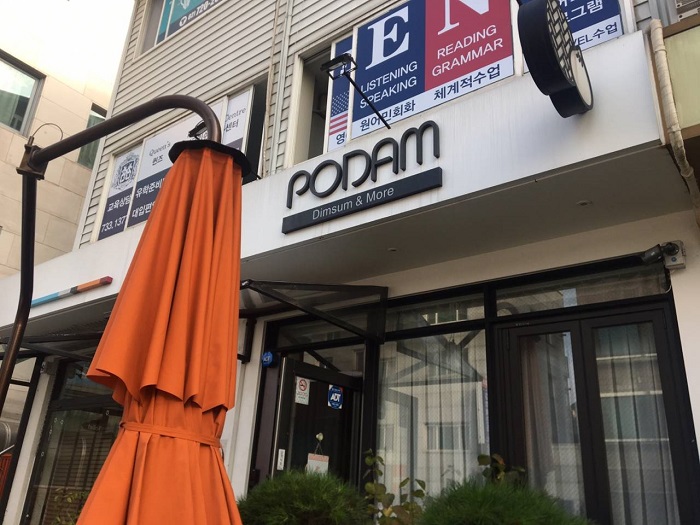
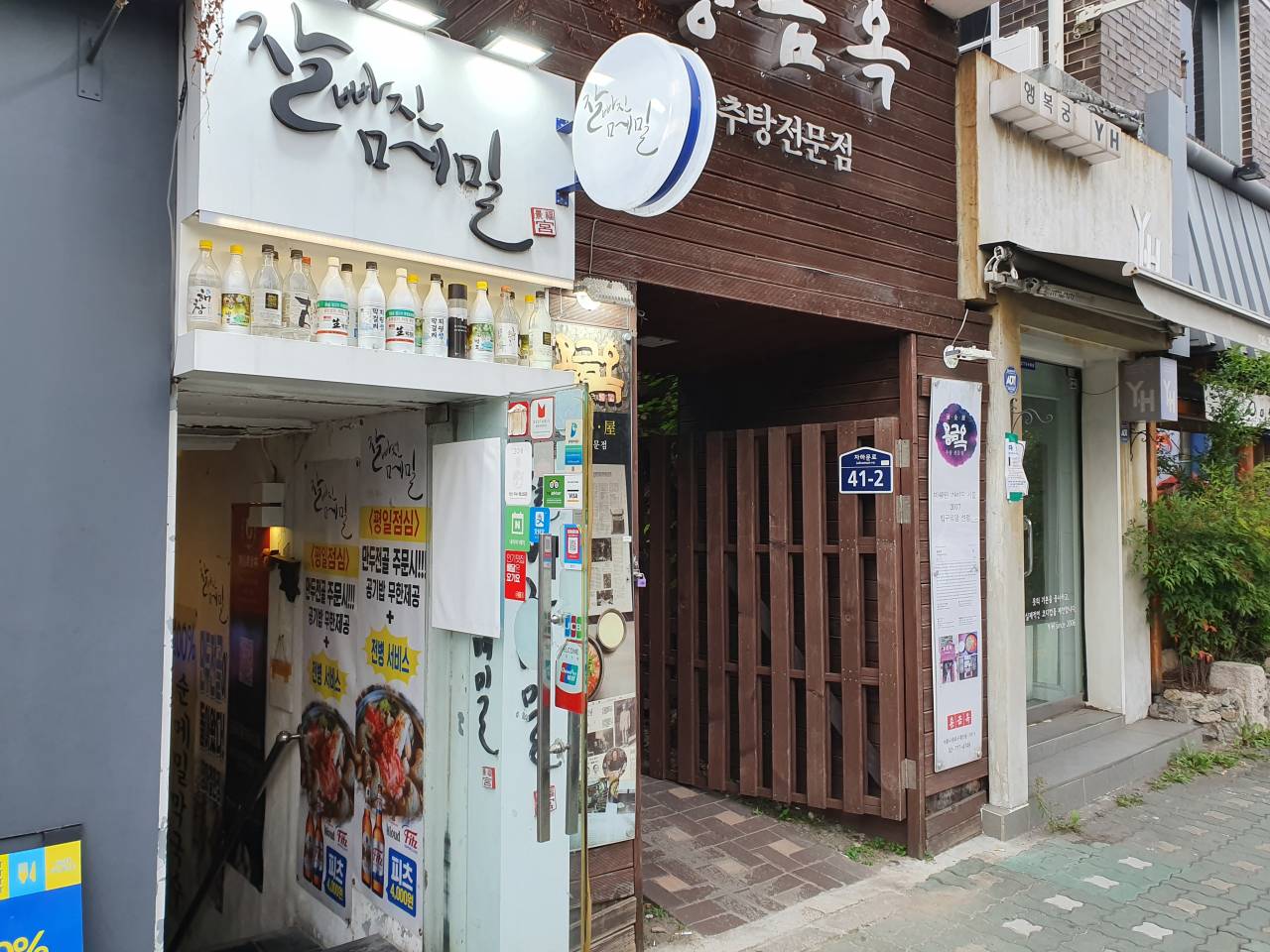
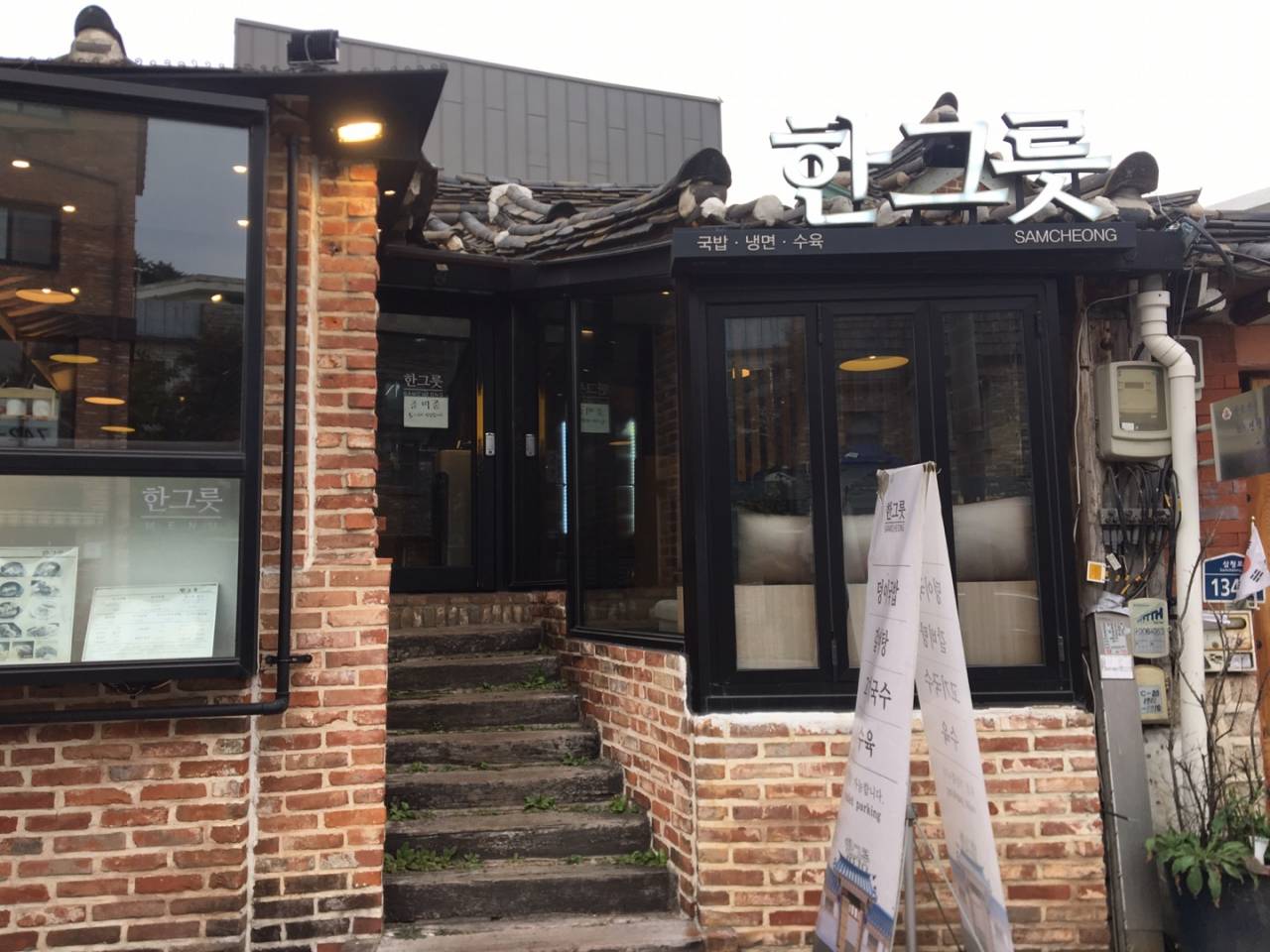
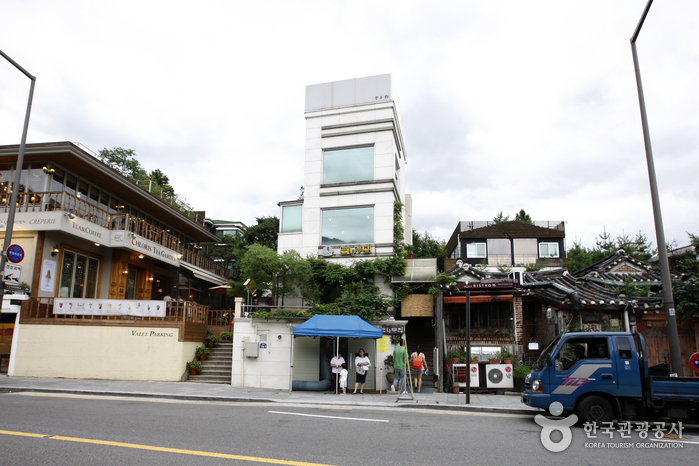
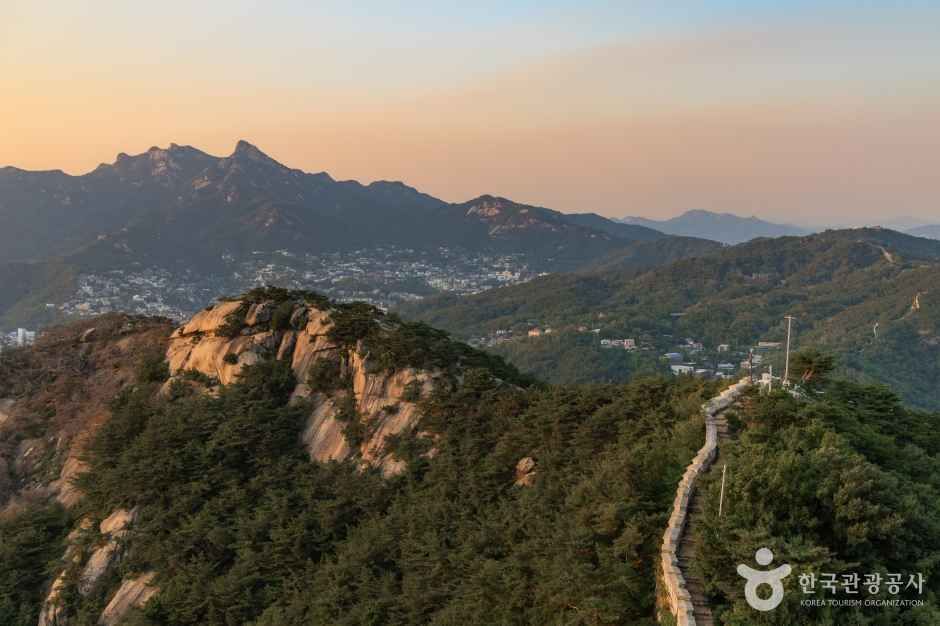
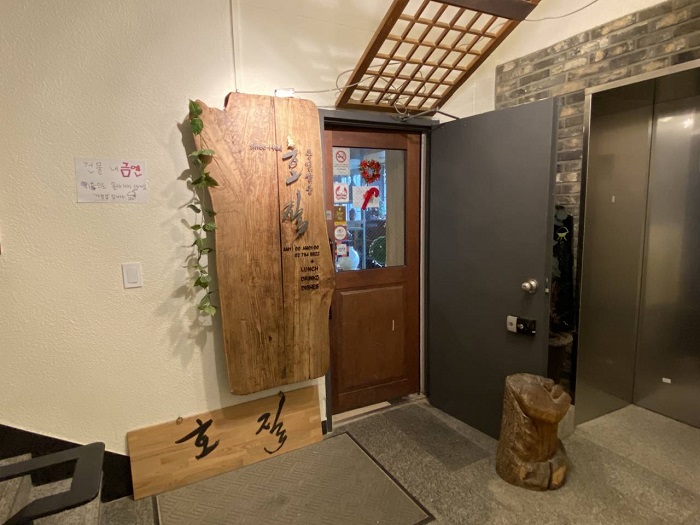

![Of one book and stay [Korea Quality] / 일독일박 [한국관광 품질인증/Korea Quality]](http://tong.visitkorea.or.kr/cms/resource/43/2707643_image2_1.jpg)

 Español
Español
 한국어
한국어 English
English 日本語
日本語 中文(简体)
中文(简体) Deutsch
Deutsch Français
Français Русский
Русский